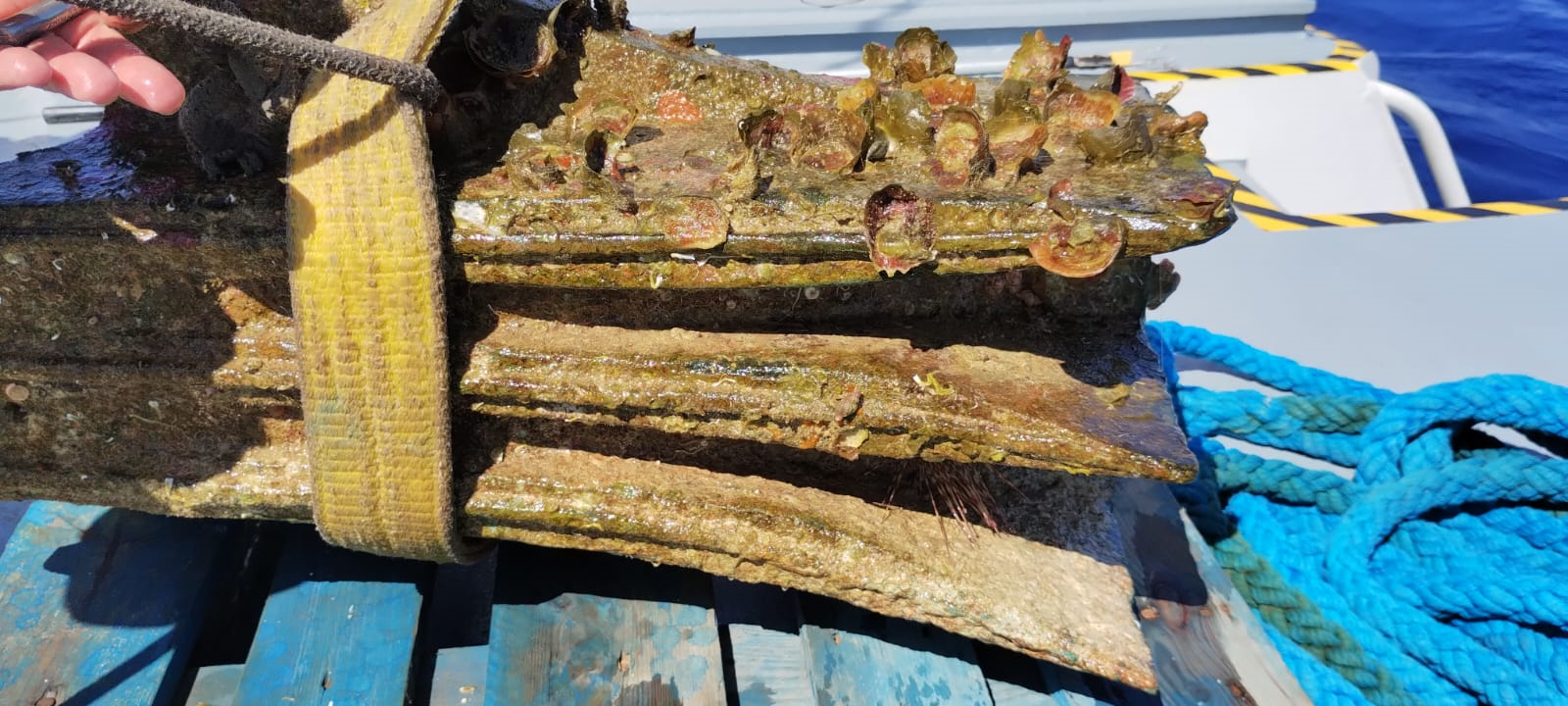The Pivotal Battle of the Aegates
In 241 BCE, the Battle of the Aegates unfolded near the coast of Sicily, marking a turning point in the history of the ancient Mediterranean. Here, the rising Roman Empire triumphed over its formidable rival, Carthage, in a conflict that had lasted over two decades—the First Punic War.

Unveiling an Ancient Artifact
After two decades of searching, researchers have discovered a bronze battering ram once used by the Roman navy to attack enemy vessels. This ancient artifact was found at a depth of about 80 meters between the islands of Levanzo and Favignana, off Sicily’s western coast. According to the Superintendence of the Sea of the Sicilian Region, these battering rams were “deadly weapons of destruction,” allowing Roman warships to ram and sink opposing ships.

The Might of Roman Naval Warfare
The battering ram was crucial to Roman naval strategy. By striking enemy ships with these powerful rams, Roman vessels could inflict significant damage, often sinking their opponents. The development of such weapons provided the Roman navy with a distinct advantage in maritime battles.

Reconstructing the Battle of the Aegates
The discovery offers deeper insights into the Aegates battle and the strategies employed by Rome to secure victory. Under the command of Gaius Lutatius Catulus, the Roman fleet defeated Carthaginian forces led by Hanno the Great, resulting in a decisive win for Rome and effectively ending the First Punic War.

Preserving Historical Heritage
The unearthing of this 2,300-year-old battering ram is not only a remarkable archaeological find but also a testament to our cultural heritage. Preserving and studying such artifacts allows us to better understand historical developments and technologies. Furthermore, it inspires future generations to explore and protect the invaluable cultural legacies we inherit.
This discovery links the past with the present, opening opportunities for us to learn more about humanity’s great achievements throughout history.

